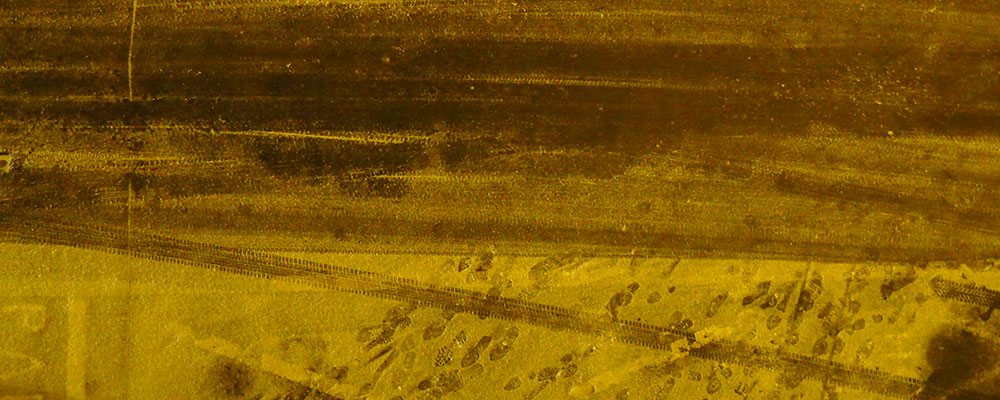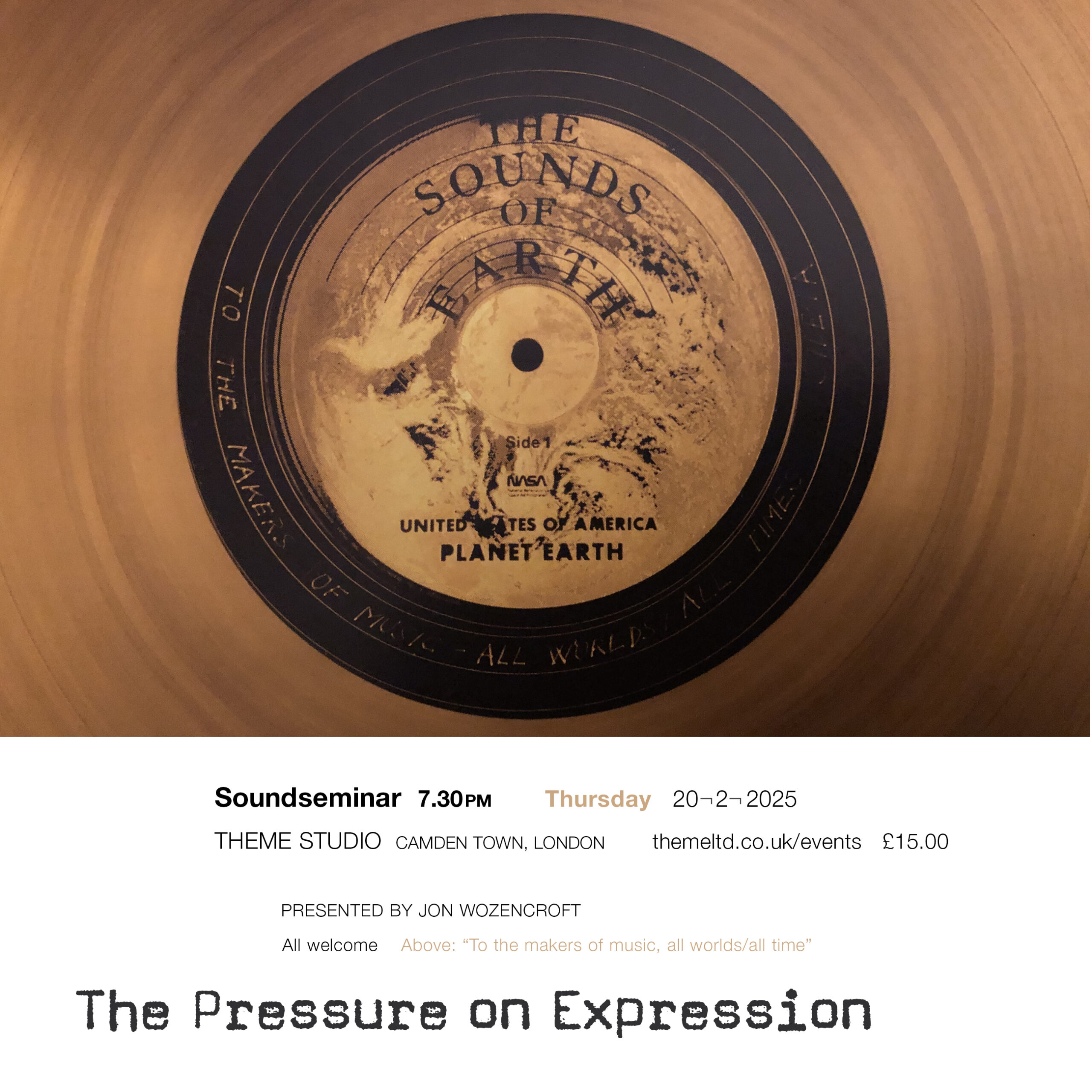The Pressure on Expression
There are (arguably) more communication channels open to us than ever before, the digital convenience that makes sending a message more effortless than tying up one’s shoelaces. What has grown in difficulty is to find a space to say and develop new ways of seeing and listening that transcend this multinational grid. Telephone calls used to be expensive, now they are more or less free. Posting a letter used to take time and effort, now an email does it in minutes if not seconds. Music? – click here. Meeting up in person, once a frequent pleasure, is now equally likely to be a remote video call or a last minute cancellation (I’m too busy!)… Does this world of ours add up to a greater freedom of expression?
“We cannot prohibit that which we cannot name… Even when we are outwardly mute, speech is active within and our skull is like an echo chamber”. [George Steiner, ‘The Language Animal’, 1969]
“Music – like everything else – has become ‘information’… Digital formats were supposed to give music more room to stretch out. But music, in its frigid digital form, is unexpectedly brittle. Instead of stretching, it shatters… Promising to meld all people in a global mind, digital culture leaves the actual minds of real people fragmented, their shards scattered across the landscape.” [Evan Eisenberg, The Recording Angel – Music, Records and Culture from Aristotle to Zappa, 2005]
Possibly, the future of sound reached its apogee in August and September 1977, not as a result of the primal scream of the Sex Pistols, but with the launch of the two Voyager spacecraft by NASA that sent music, sound recordings and images to possible extraterrestrial civilizations in an attempt to document and project the summit of human cultural achievement to an unknown future situation? From Bach to Blind Willie Johnson, with a prescient inclusion of world music from societies not then part of the Western musical paradigm, the recordings were mastered onto gold-plated copper, electroplated with a pure sample of the isotope uranium-238, which has a half-life of 4,468 billion years (yes, the mind boggles). While NASA plans to shut down its contact with the Voyager spacecraft in 2025, it is envisaged that the vessels will reach constellations (already visible to cosmologists) in about 60,000 years time, and will then continue on their journey for an eternity to deliver this record.
Known as ‘The Golden Record’, how might its content be curated half a century later? An essentially USA-driven initiative, it was a romantic and vitally analogue landmark in the history of recorded sound, but the only vaguely contemporary inclusion was Chuck Berry’s ‘Johnny B Goode’. The Beatles ‘Here Comes the Sun’ was vetoed by their publishers EMI. (Would that happen now?). The Rolling Stones, Elvis and Bob Dylan were considered as back-ups but rejected. Electronic music doesn’t get a look in. No doubt AI would be enlisted to help compile a 2025 version of the record. In the current US matrix of MAGA (Meta Amazon Google Apple), what would it sound like (shit?), and how would 40 years of digital recording impact upon its message? What would the aliens make of dark ambient? What if they are all working from home?
The Voyager Golden Record – www.ozmarecords.com
Daniel K.L. Chua/Alexander Rehding, Alien Listening, 2021
Liz Pelly, Mood Machine: The Rise of Spotify and the Cost of the Perfect Playlist, 2025











